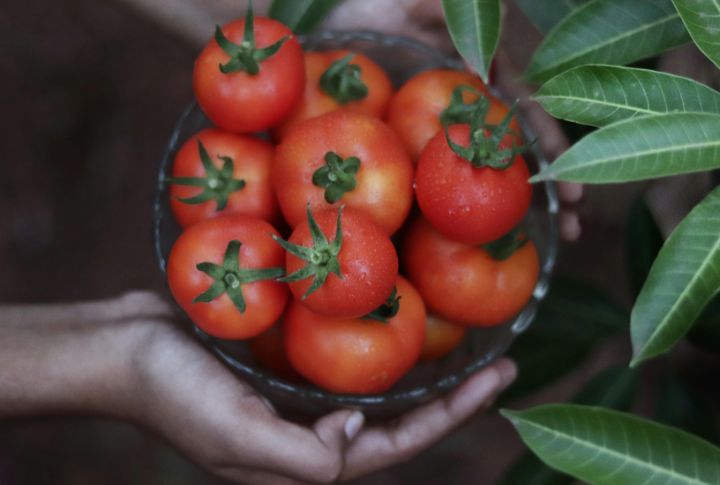
You planned it out, planted it with care, and waited. But something still goes sideways. Tomatoes can be frustrating like that—thriving one moment, floundering the next. The reasons aren’t always obvious, but they’re rarely random. When healthy plants start going sideways, there’s usually a clear reason. Here’s what might be wrong.
Poor Drainage In Raised Beds

Inadequate drainage in raised beds is a silent killer for tomatoes. The roots need proper oxygen flow, but stagnant water can suffocate them. In fact, too much water in the soil can cause it to develop root rot. Placing rocks or sand at the bottom of the bed improves drainage significantly.
Pests Hiding In Dark Corners

Hidden corners in the garden are prime real estate for pests. Hornworms and beetles can sneak in and quickly damage the tomato plants. Check those shady, overlooked spots often and protect your harvest from harm. Pests love the cover of darkness, so keep your tomatoes in a sunny, lit-up zone.
Overcrowded Planting Areas

Crowded tomato plants struggle for sunlight and nutrients while suffocating in stagnant air. Tightly packed leaves trap moisture, creating a perfect storm for blight and fungal disease. Once infection hits, it spreads fast. So, give each plant room to breathe—or risk watching the whole crop collapse.
Trees That Drop Allelopathic Leaves
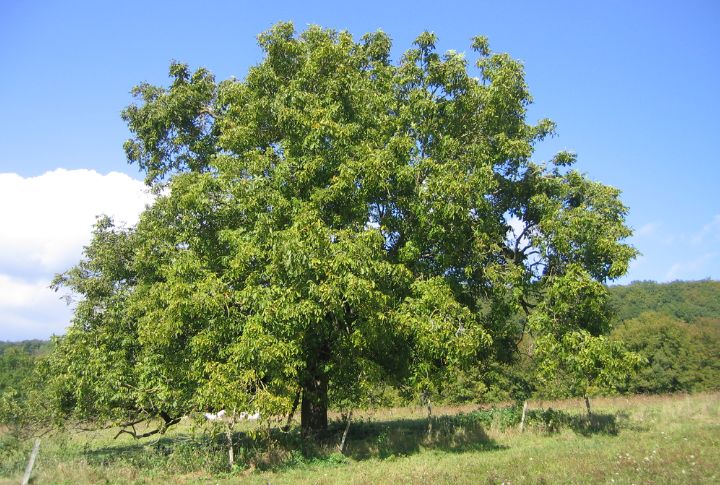
Some trees, like the black walnut, release toxins into the ground that restrict the development of nearby plants. Always avoid planting tomatoes under these kinds of trees. Those chemicals, called allelopathic compounds, suppress tomato root development.
Dry Zones With Fast-Evaporating Soil
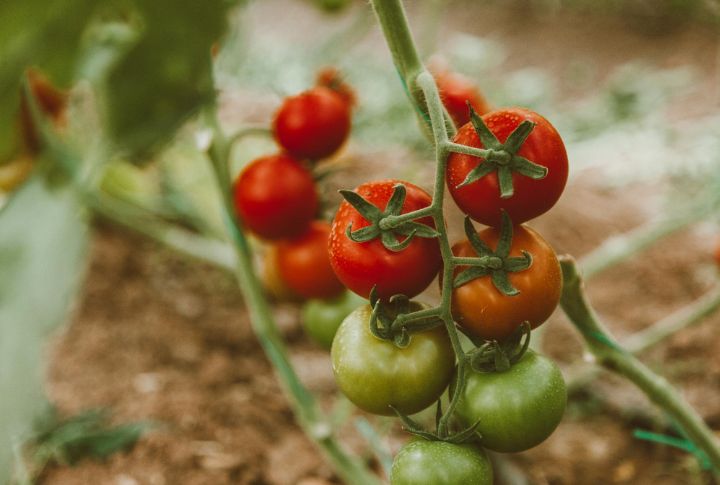
Keeping your tomatoes in sandy or shallow soil? They will dry out too fast. Tomatoes in loose soil suffer cracked skins and stunted growth, especially when placed under the sun. Try to add mulch to the soil and give the plants some shade during peak heat hours to reduce evaporation.
Compacted Pathways Near Tomato Beds
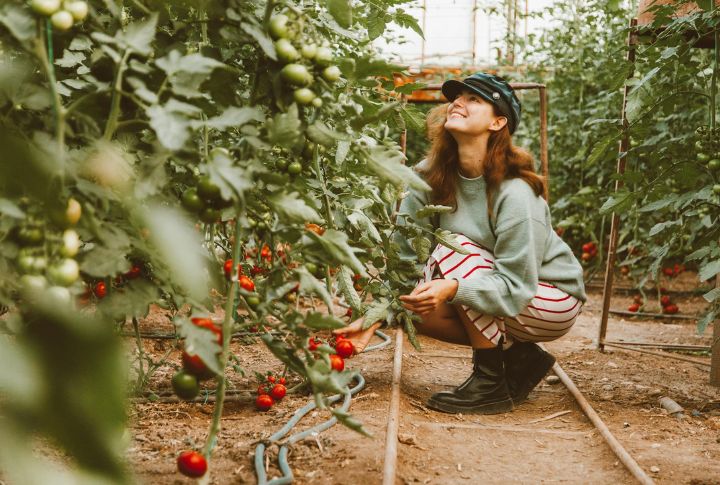
Healthy soil structure starts with respecting the space around your crops. But when there’s foot traffic around tomato plants, it compresses the soil. This reduces airflow and changes water movement. Such compacted zones can also redirect excess water into the beds, flooding tomato roots unexpectedly.
Lawn-Edge Beds Hit By Fertilizer Runoff
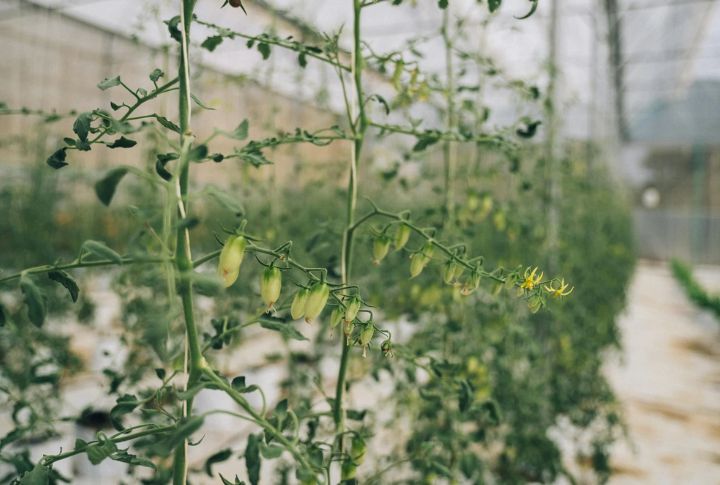
Beds near fertilized lawns often catch nitrogen-rich runoff. That excess pushes leaf growth but stalls fruiting. Tomatoes here grow tall and leafy but stay bare. It’s best to create a buffer zone or redirect water flow. Too much nitrogen in the wrong place spoils the harvest.
Wind Exposure Without Support
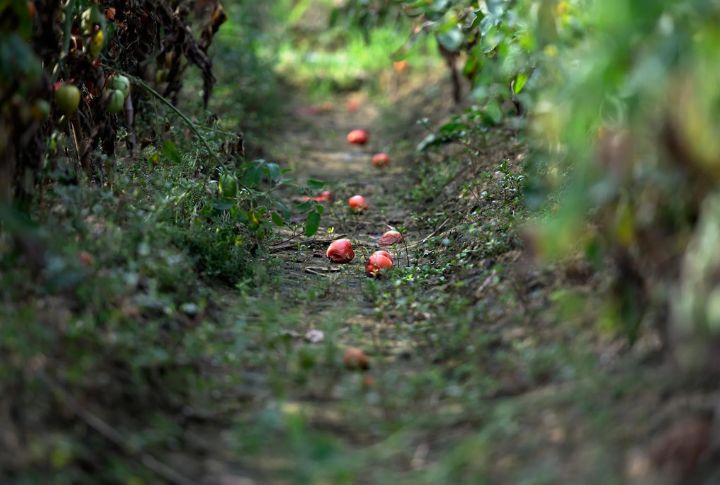
Unprotected tomato plants are vulnerable to wind damage, with stems snapping and fruit falling prematurely. To keep your plants sturdy, stake them early or use a tomato cage. The proper support helps the plants remain upright and healthy, making them less likely to be battered by gusts.
Worn-Out Beds In Overused Garden Areas

Recycled beds used year after year lose nutrients fast. Tomatoes planted here show yellowing leaves and slow growth. So, test the soil before replanting. Add compost or rotate crops to boost fertility. A tired bed might look fine, but it always starves.
Frost And Cold Weather Exposure
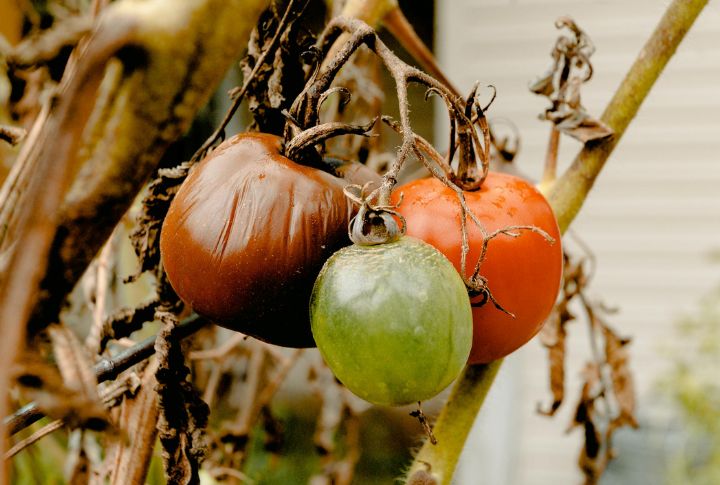
Exposure to frost can instantly damage your plants, slowing or halting their growth altogether. So, wait until the frost ends before planting your tomatoes. Make sure to always have row covers ready to shield them if an unexpected cold snap arrives. Cold stress can be irreversible, so be prepared.

